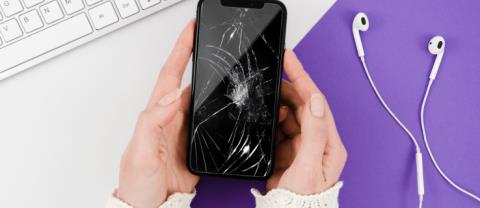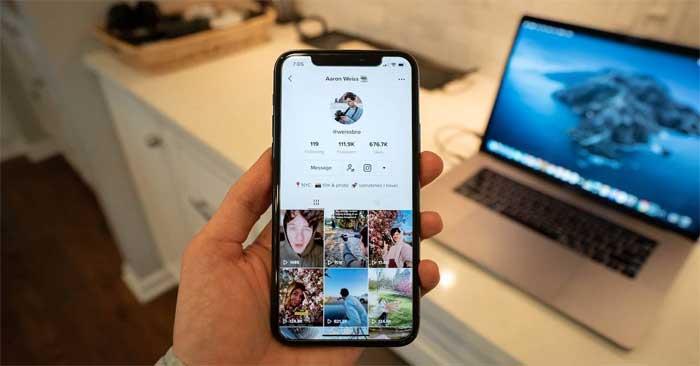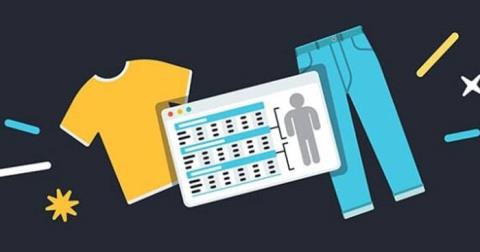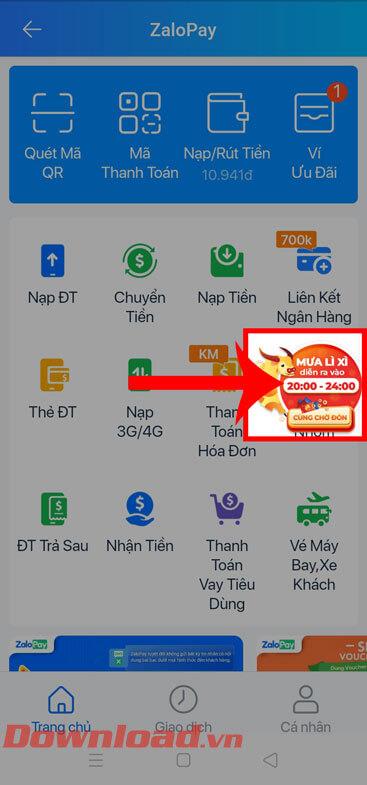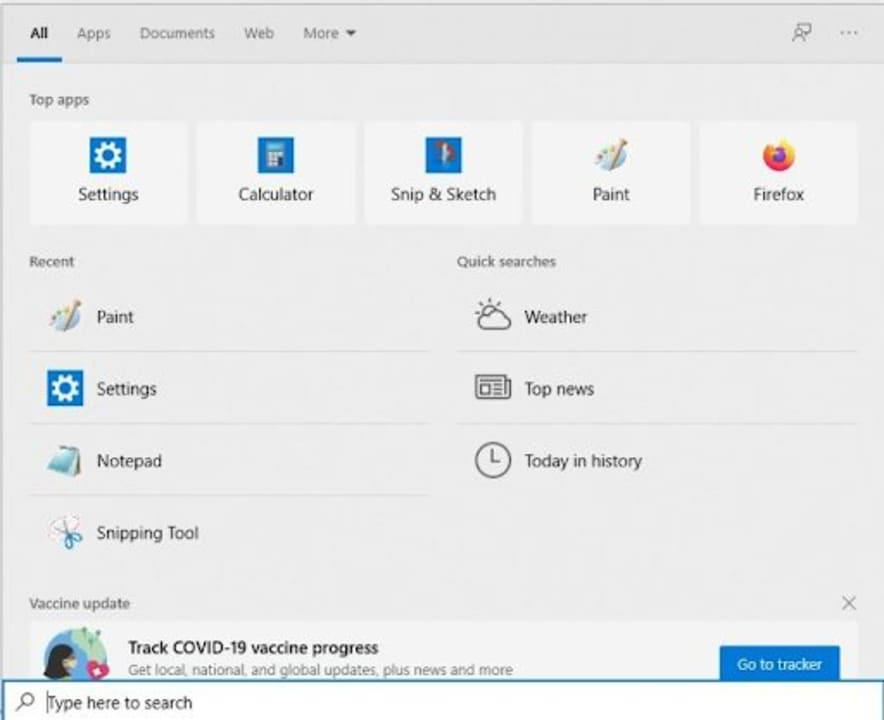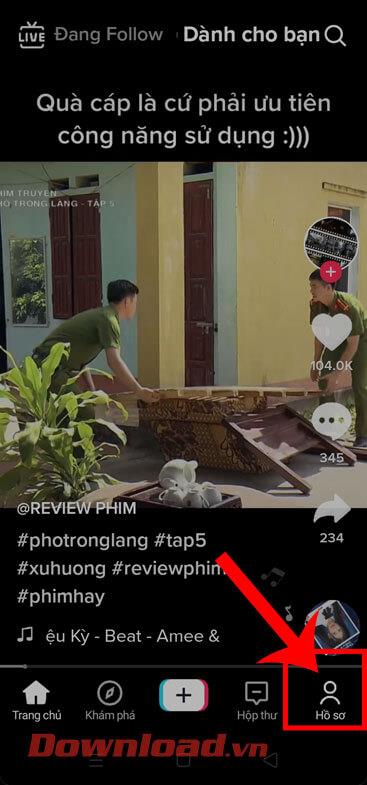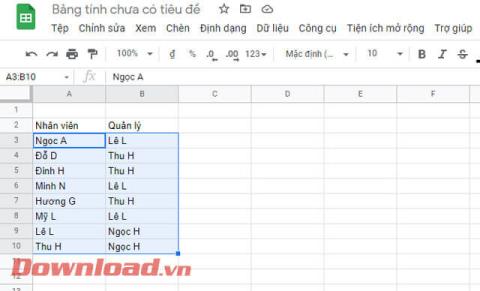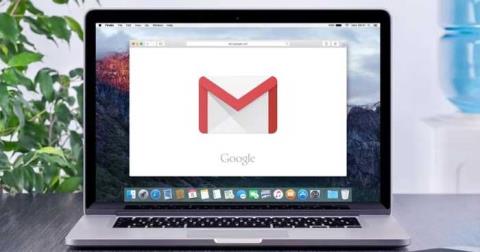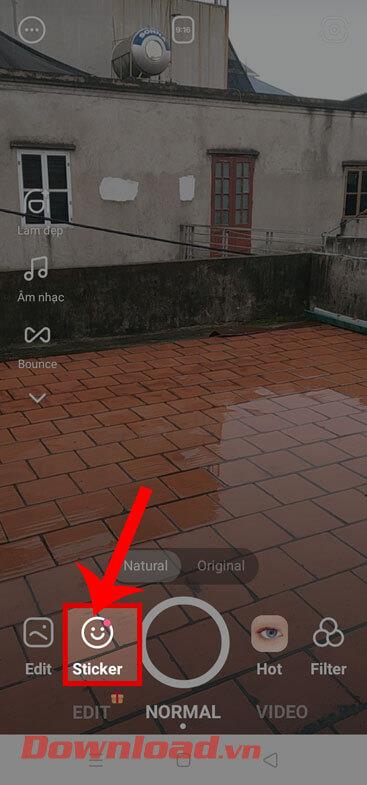Device Links
If you received a call and didn’t recognize the caller, how do you determine who owns the phone number? Do you call them back and risk calling a marketer or sales agent? Do you ignore it and get on with your day, or do you find out who it is and decide whether to call them back? While most people receive several robocalls daily, curiosity often wins, and they want to know who called.
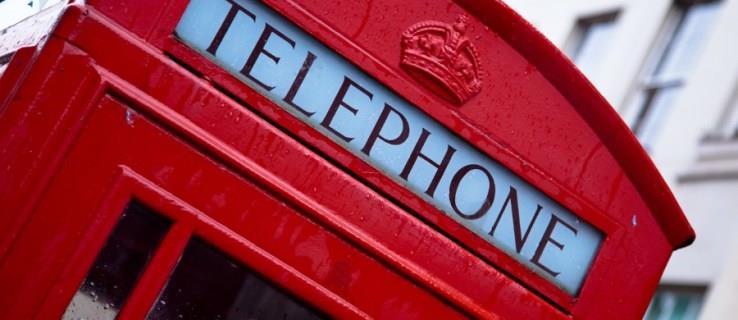
As you get more robocalls or scam calls offering deals that are too good to be true, you are increasingly likely to ignore calls from undisclosed numbers or ones you don’t recognize. That’s fine for the most part, as we know the numbers of family and friends, but what if they used a different phone? What if you’re awaiting a reply on a job offer or expecting a callback from a contractor?
Knowing who a phone number belongs to is the only thing to set your mind at ease. However, genuine answers are usually not free to receive. However, they are not expensive—a few dollars at most. This article discusses your options to discover who keeps calling you or identify who owns a particular number that called you once.
Identifying a Phone Number
There are a few practical ways to determine who owns a phone number. Most charge fees to provide more detail (primarily due to legal reasons), but it is often worth the cost. The price is generally less than four dollars, and you get a name, location, and phone connection type, such as a landline or mobile.
1. Search on Google
Using Google Search to identify a phone number is usually the first place people go because Google’s algorithm is so well-programmed that you can instantly find out if the phone number is coming from a business.
If the number calling you is from a landline or reputable business, it will likely pull up accurate results quickly.
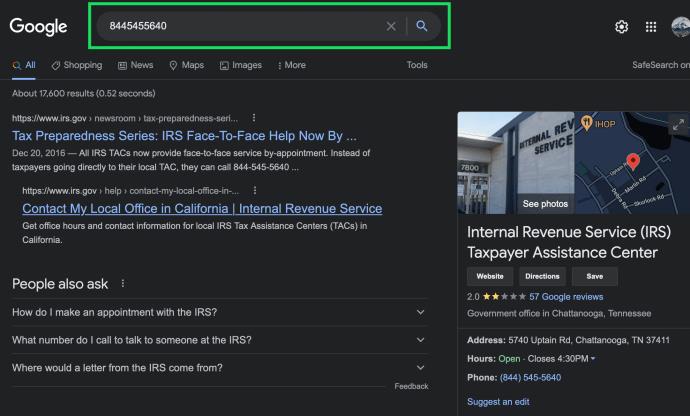
Despite its algorithmic accuracy, Google isn’t the best way to identify a phone number; but it is fast. You will usually see many websites that let you provide feedback on a number, submit a review, or help determine phone number owners. It isn’t always informative but can often identify a reputable business number.
Google is also helpful if the number presented on the call is a landline. Finding mobile numbers is difficult because there are laws that protect them. To get details on those numbers, you usually have to pay.
Another beneficial function of Google is finding the area code. You can use the first digits to identify where the call originated, assuming a computer or app didn’t spoof it. If the call is from a distant city, but you have family or friends there, it may be enough to call it back. But again, cell numbers are not published online unless linked to a website, business, or complaint.
2. Use Reverse Phone Lookup
There are many ways to perform a reverse phone lookup when you have the number but not the owner. These solutions are handy ways to identify who owns the phone number. Websites like Whitepages, WhoCallsMe, Pipl, or Spokeo can all help you.
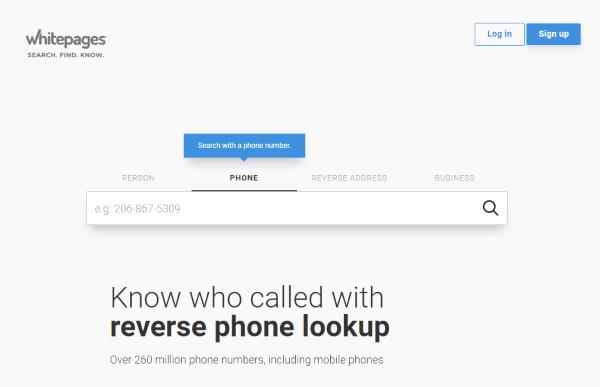
Many websites offer some information for free, but not enough to ensure accuracy or determine the actual source of the call. The most common reasons are to promote their services or for legal reasons; they cannot offer such details for free. For better accuracy and details, websites charge a fee to gain access to identifiable information, or some give you a hint of who owns the number and ask you to pay to find out for sure. Remember that the data may not reflect the current owner but is often correct.
The above scenarios apply to both landline and mobile phone numbers. Those linked above give you enough information to identify who owns the number.
3. Browse and Search Social media
If the number is associated with a company, it will likely get mentioned on social media. That’s especially true if it’s a robocall or scammer, as many people will rant about it on Twitter, Facebook, or elsewhere. It might be worth putting the number into your favorite social network and searching for it.
Head over to one of the many social media giants and type in the phone number in the search bar. You’ve most likely found your mystery caller if a business, person, or association appears. However, scammers and solicitors often force a fake number for caller IDs that is a local one to get you to answer the call.
4. Call the Number
Your other option is to call the number back. This process is probably the easiest, but you risk calling someone you don’t want. Also, the number may not be able to accept incoming calls.
Using *67 before dialing the number to hide yours is a good idea. This action means your number won’t appear on the recipient’s phone, so you’re not confirming that your phone number is live if it is a marketer or scammer. If you want to talk to the person on the other end, you can. If you don’t want to talk to them, you can hang up or listen for a while, and they won’t know who called as long as you use *67.
How to Block a Phone Number on Android/iPhone/iOS
If you receive frequent marketing calls from the same number(s) or have identified a caller and want to stop them, you can block the number(s) on your phone. Your device and provider handle the block. Mobile users will see a failed call in their log, and landline users will be blissfully unaware.
Bear in mind that marketers and scammers often use different numbers or falsely send a fake number to get you to answer or get the call to go through, making it difficult to identify who called you at times.
How to Block a Phone Number on Android
Once you’ve identified who called you, there are a few ways to block a phone number on Android, depending on your smartphone’s make, model, and OS. The easiest way is to go straight to the call log. Here’s how.
Depending on your make, model, and OS, options may appear differently. However, the process is the same.
- Head to the call logs on your smartphone, usually by tapping the “phone icon” and then “Recents.”
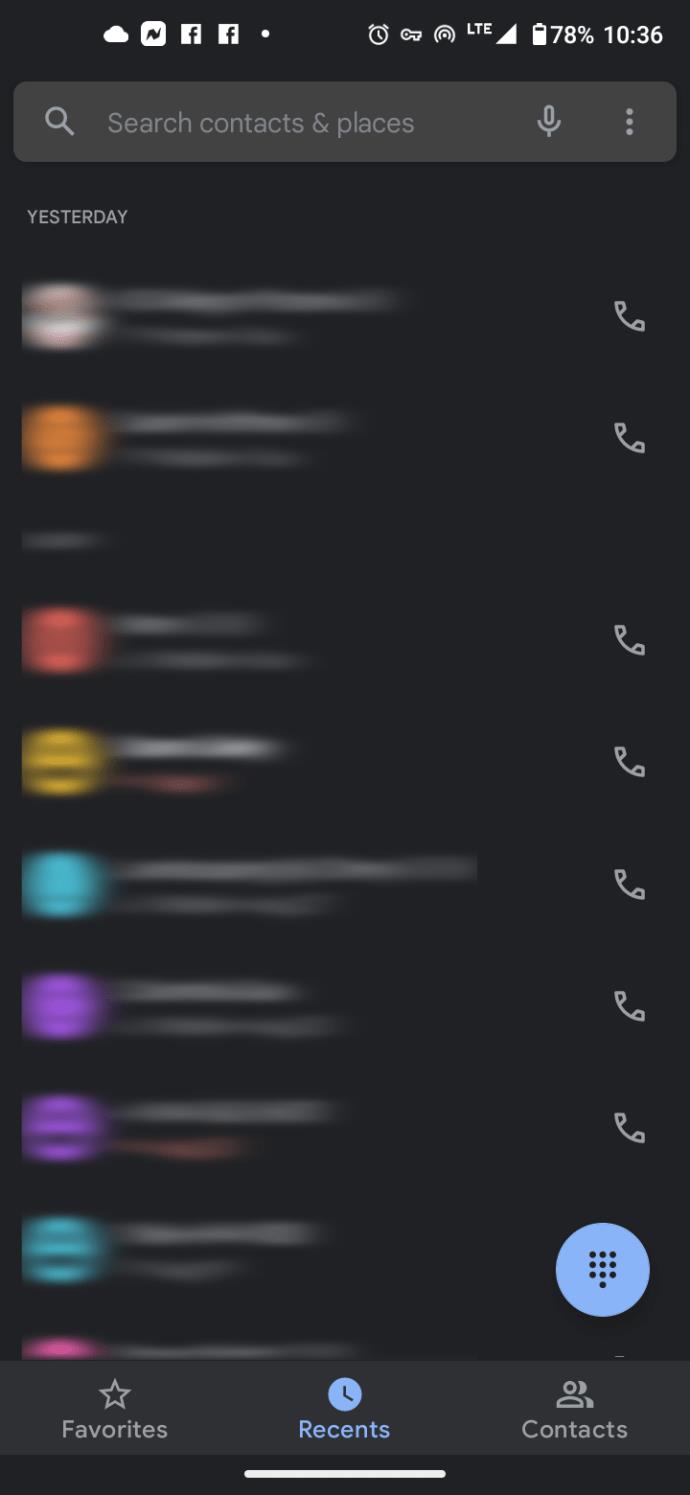
- Find the call you want to identify, then tap it and select “i” or the “three-dot menu icon” to open the options.

- Tap “Block.”
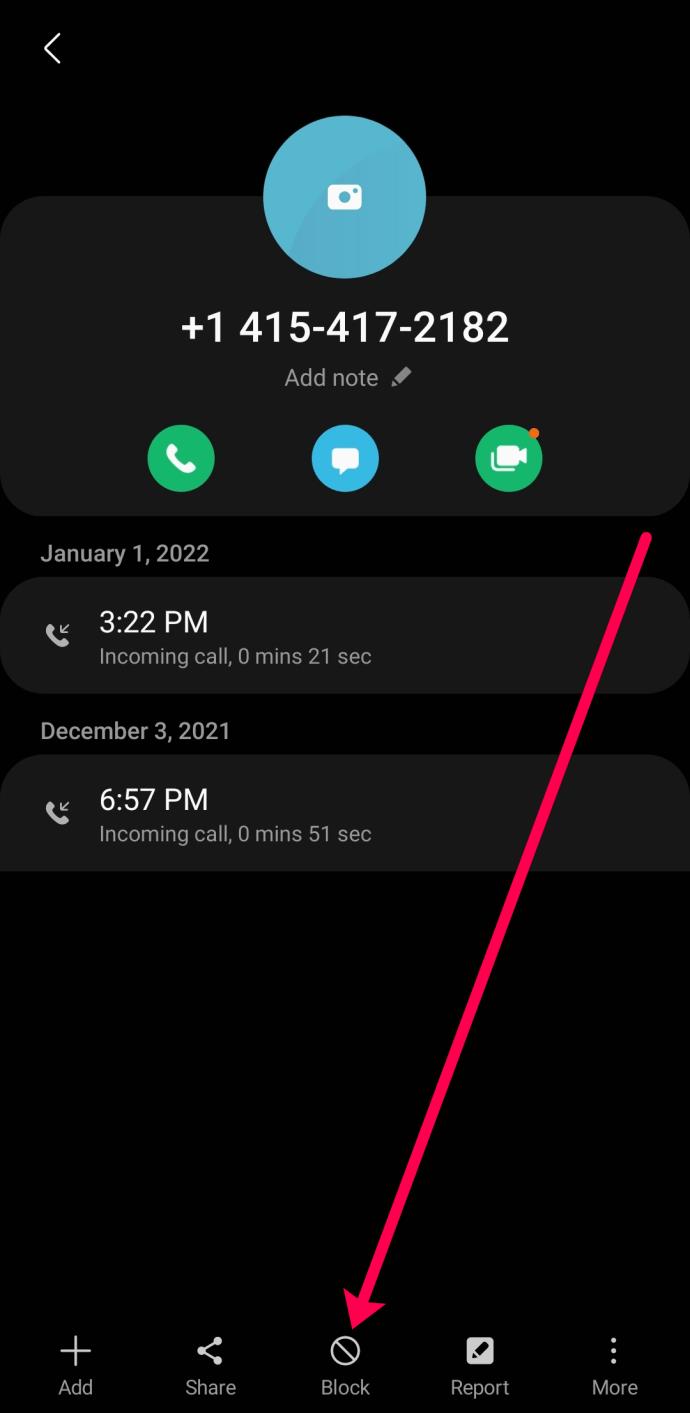
- Depending on the model, you may need to select “Block/report spam.”
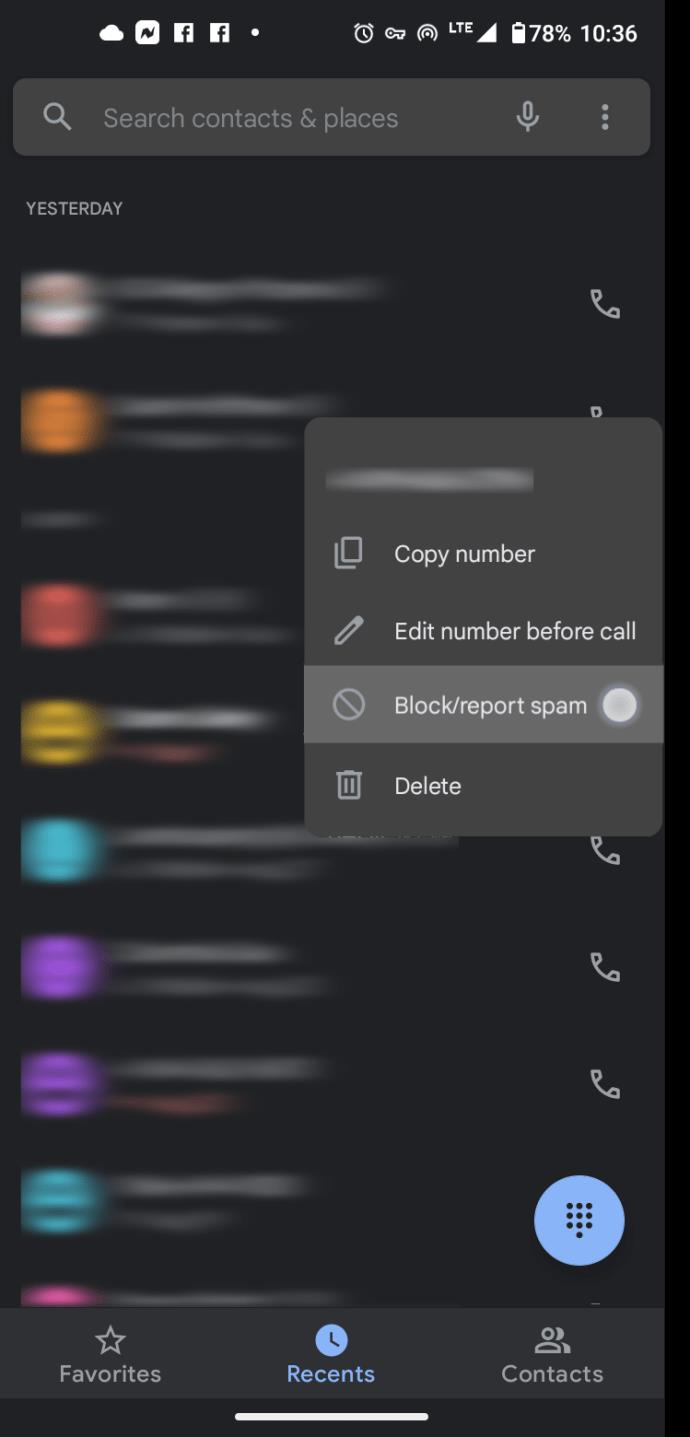
- In the pop-up window, confirm the block. You can also check the box next to “Report call as spam” if desired and available.
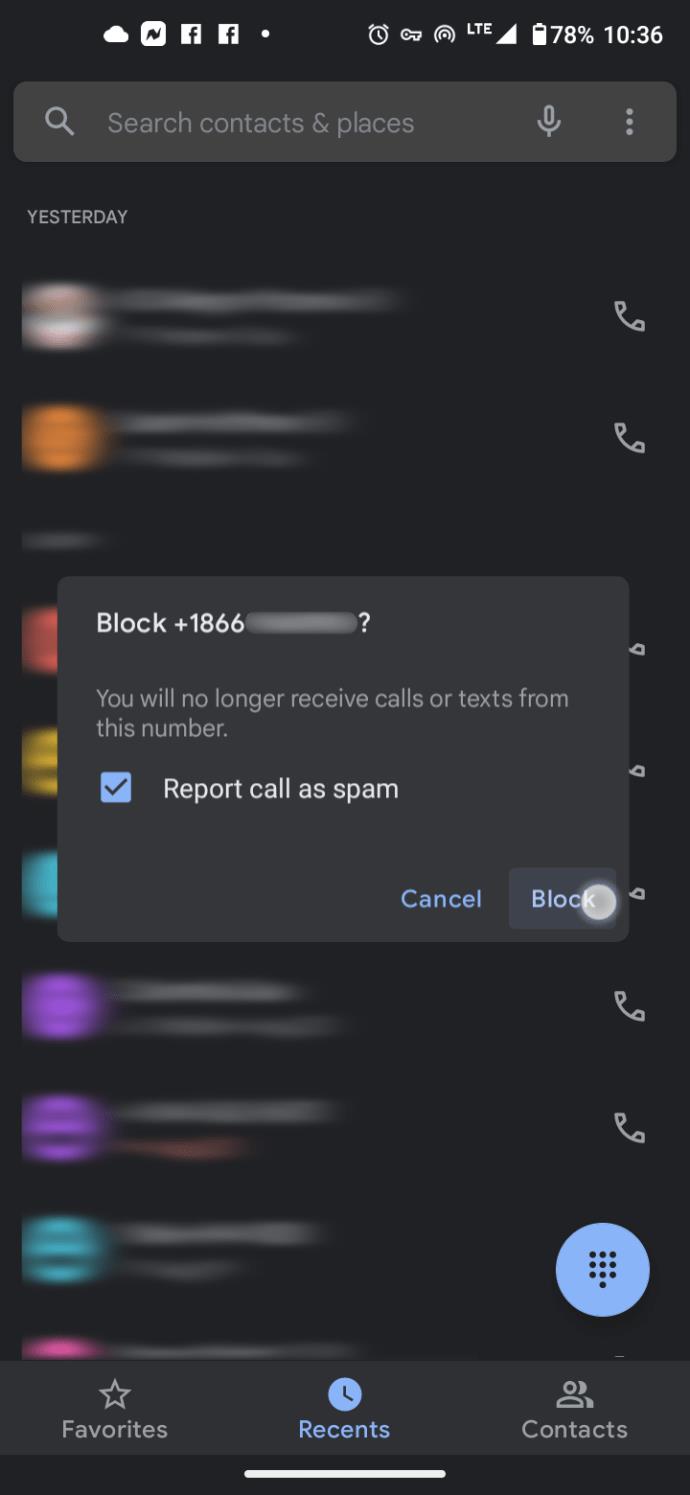
Following the steps above, any calls from that specified number will get blocked on your Android phone. You can also unblock them later if needed.
How to Block a Phone Number on iPhone
The process is similar on an iPhone as it is on Android devices.
- Go to “Recents,” then find the call on the list.
- Select the “i” and choose “Block This Caller.”
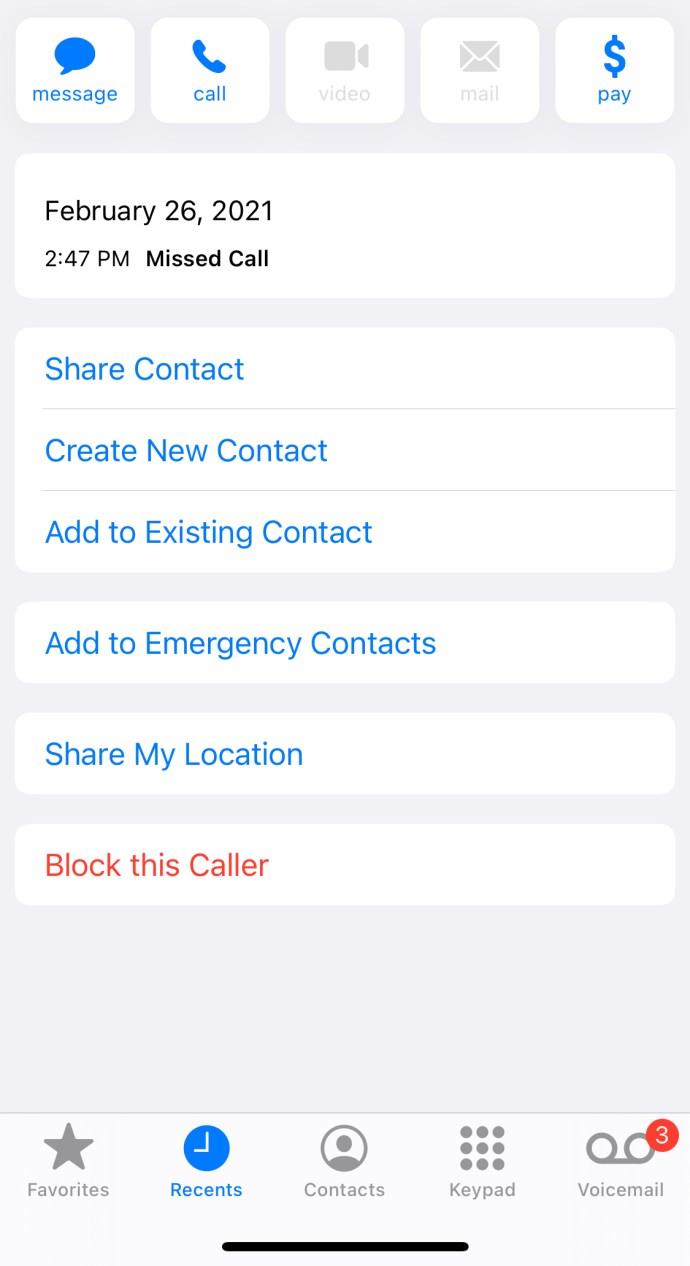
- Confirm your choice, and you’re done.
How to Block a Phone Number on Landlines
Different networks may have unique methods, but the easiest way in the US is to dial *60 and type in the number you want to block. Some networks charge for call blocking and may require you to activate the feature first. You should hear an audio prompt if that’s the case.
In closing, identifying who called you has become a hot topic, especially since robocalls don’t stop, telemarketers keep pushing services or products, and scammers keep trying to steal identifiable information or rip you off.
Once you know who is calling, you can block them or respond if they are a distant family member, a medical facility, a company you ordered from, or even a neighbor.
Remember that non-legitimate callers often change numbers to keep the calls coming or trick you with a local phone number so you’ll answer. Those scenarios are challenging to avoid, but at least you have some control. Your smartphone and provider may offer a service that warns you based on the call history of a specific number, which would appear as “Potential Fraud,” “Potential Scammer,” “Private Number,” etc.
FAQs: Identifying and Blocking Phone Numbers
How do I find out where an area code is from?
In the United States, there are more than 300 geographical area codes. Phone numbers represent regions; therefore, you can quickly pinpoint the location of a caller by looking up the area code.
Most smartphones list the state that correlates with the area code already. But, if you’re using a landline or want to know a more specific location, you’ll have to resort to looking up an area code. You can do a basic search of the area code using your favorite search engine or use an online tool like All Area Codes. The latter will let you search by area code or city and state.
I signed up for the Do Not Call Registry, but why do I still get spam calls?
The Do Not Call Registry is a service provided by the FCC and allows anyone with a phone number to sign up free of charge. Unfortunately, only reputable companies comply with this list. If you’ve signed up but continue to receive spam calls, it’s because the numbers reaching out to you aren’t legitimate businesses.
Another unfortunate aspect of spam callers is that there isn’t a way to block all of them. While you can stop the numbers individually, many spam calls come from auto-dialers and systems that regularly create new phone numbers or fake existing ones. This means that you’ll continue to receive some calls regardless of the precautions you take.
What do the different parts of a phone number mean?
You can “dissect” the phone number to better understand a caller’s location. For example, the first digits represent the country of origin (the U.S. is ‘+1’). Next is the area code, three digits originating from a specific region or state (some states have several area codes while others only have one).
After the area code, you’ll find the Exchange code (the Central Office Code). This code is the three digits that follow the area code and represent a more localized zone within the area code region. Although not as useful today as in the days of regular landlines (POTS), the Central Office Code once gave users the neighborhood.
Lastly, the four digits at the end of the phone number are a unique identifier known as the Subscriber Number.
Should I call a Robocaller back?
While it may be tempting to call a phone number back, we don’t advise returning their call if you don’t know who is calling you. Scammers are always looking for ways to exploit unsuspecting people. For example, some robocalls occur to see if your phone number works. Other times, a caller wants to charge you for the phone call (i.e., an international call).
Therefore, it isn’t a good idea to call the number back.
What do I do if I suspect a scammer is calling me?
One of the most popular scams involves creating urgency and fear in the recipient prompting them to call back and pay fines or bills. If you suspect a number calling you is spam, look up the company’s phone number and contact it directly.
Even if the number looks legitimate, it’s a good idea to call the company back using an official phone number (one you find using Google, a piece of mail, etc.). At one time, spammers spoofed AT&T’s customer service phone number to collect payments and stole the customer’s money. Therefore, giving your payment information to someone who calls you is never a good idea.
